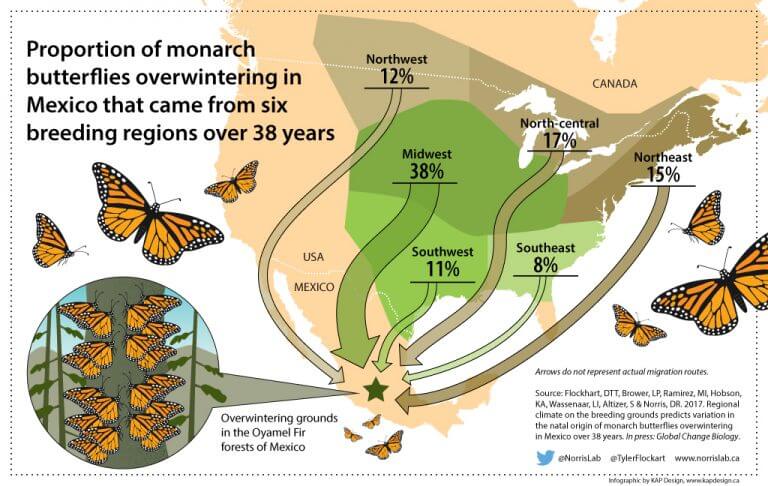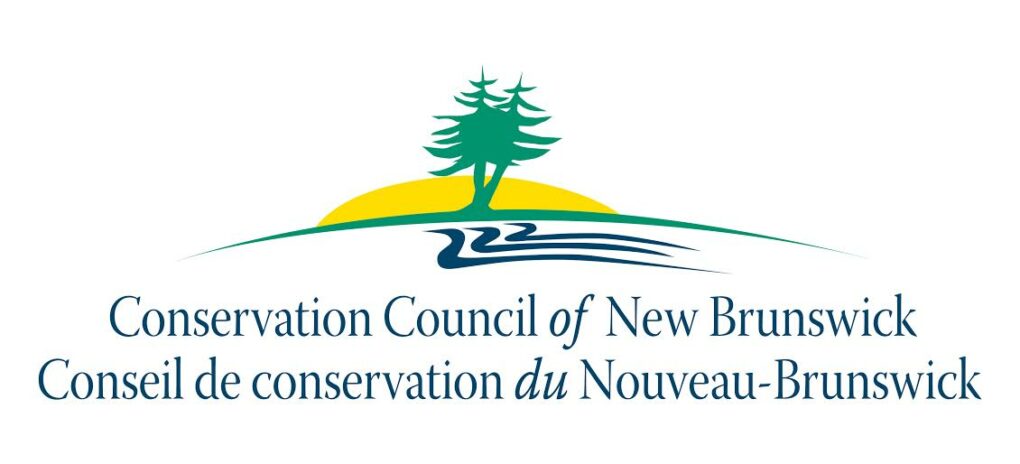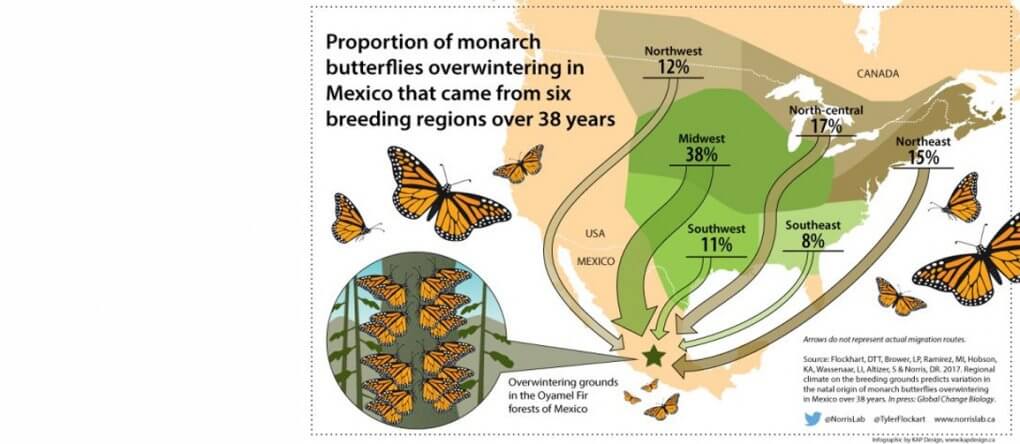A new report by University of Guelph researchers shows that the monarch butterflies seen in New Brunswick in late summer become part of the famed Monarchs migration from North America to their overwintering sites in Mexico.
While it was previously thought that a vast majority of the butterflies traveled from the American Midwest region, a recent study by researchers at the University of Guelph released this month shows that 15 per cent of the population overwintering in Mexico originated in the northeastern region of the United States and Atlantic Canada.
Conservation Council Learning Outside Coordinator and host of our seasonal workshop on planting Milkweed for Monarch Butterflies Nadine Ives says, “the more widespread distribution of sites of origin underlines the importance of Monarch conservation programs across the continent, including here in New Brunswick.”

The authors of the report say their findings show a need for more widespread conservation efforts.
“We didn’t see the decline in the proportion of monarchs we expected in the breadbasket of the U.S. — the Midwestern states — due to the loss of milkweed, but that could be because monarch numbers dropped across North America,” said Tyler Flockhart, lead author and Liber Ero Post-doc student at U of G.
“While the Midwest U.S.A. is top-priority, effective conservation of monarchs will require initiatives to restore and conserve habitats across the species range, which means there must be coordinated international initiatives.”
A Monarch’s lifespan only last two to six weeks, yet it is the only insect in the world known to make such a long migration, travelling 5,000 kilometers from all across North America to Mexico each Autumn.
To learn where monarchs migrate within North America each autumn, researchers analysed “chemical fingerprints” found in butterfly wings they collected since the mind 1970s. The study was published this month in Global Change Biology.
“We can help the Monarch butterflies by providing milkweed plants, needed for laying eggs and for the caterpillars to eat, and nectar-rich flowers to provide food for the adult butterflies. Avoiding the use of pesticides is also important, ” said Ives.
“Soon we will be able to track the butterflies’ northward migration, which takes several generations, on-line, and as spring approaches, the Conservation Council will host workshops on preparing milkweed seed (we have lots!) for planting and how to create your own bee- and butterfly-friendly garden. We’ll keep you posted!”
-30-
- Read the University of Guelph News Service here.
- Download the full research article in Global Change Biology here.
- Read all about our fall Milkweed workshops here.
- Read more about pollinators species and how to attract them here.
- Check our our Learning Outside Webpage here.
- Track the Monarchs’ northward migration at the Journey North website, here.
- Find more resources on Monarch butterflies at the Monarch Teaching Network of Canada, here.

